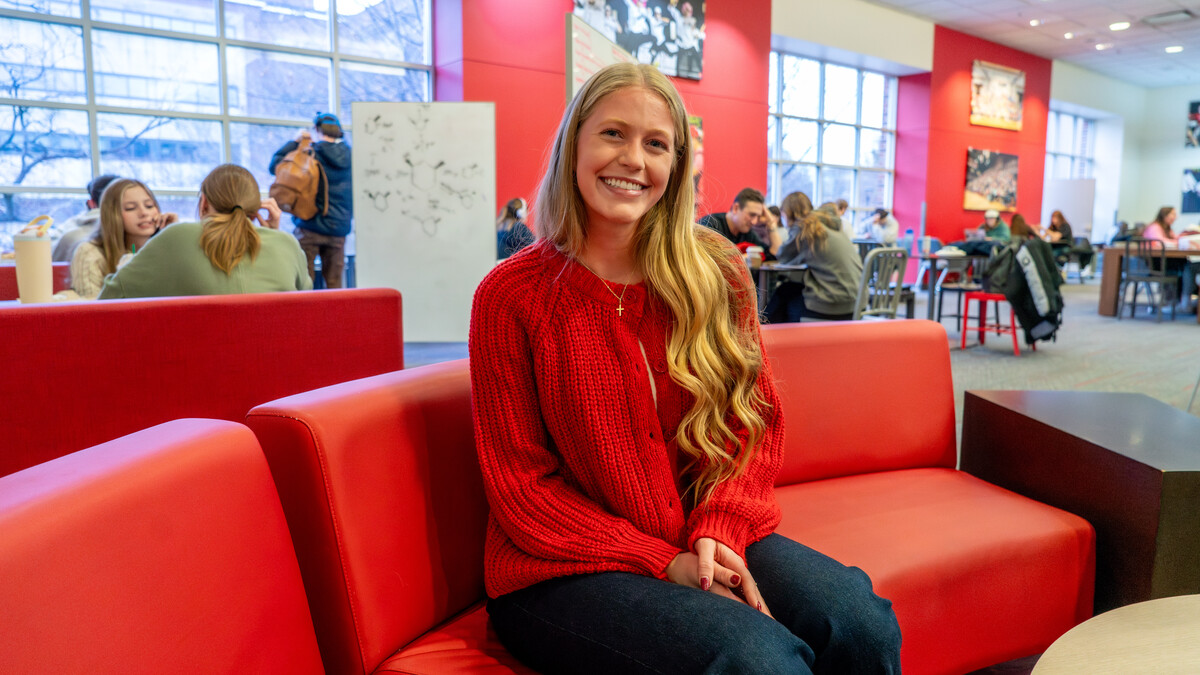
The University of Nebraska-Lincoln has received part of a National Science Foundation grant designed to help mathematics departments adopt more effective instructional methods at the undergraduate level.
Alongside the University of Colorado Boulder, San Diego State University and the Association of Public and Land-Grant Universities, Nebraska’s Department of Mathematics will investigate how incorporating active-learning strategies can improve the instruction of precalculus-to-calculus 2, or P2C2.
Active learning consists of teaching methods and classroom norms that promote deep engagement in mathematical reasoning, peer-to-peer interaction and instructor inquiries into student thinking. Education research has shown that active-learning techniques are significantly better than traditional instructional approaches.
“The project will benefit the mathematical sciences community by improving student success in high-enrollment undergraduate courses, better preparing those students who go on to STEM majors, and improving the teaching of future faculty through the mentoring of graduate students,” said Wendy Smith, associate director of the Center for Science, Mathematics and Computer Education and Nebraska’s project lead.
Nebraska will split $1 million of the $3 million NSF grant, with the additional $2 million going to institutions that will join the project in its second phase. In addition to Smith, the Nebraska team includes Allan Donsig, vice chair of the Department of Mathematics, and Nathan Wakefield, director of first-year mathematics programs.
Nebraska already has invested considerable resources into implementing active learning in precalculus, according to Donsig. Along with dedicating classrooms for group work, the department has extended the length of classes in precalculus and calculus to account for the extra time needed to implement active-learning strategies. And instead of passively watching as teaching assistants solve problems on the board, students in calculus recitations now collaborate to find the solutions themselves.
The department hired Wakefield as coordinator of the four precalculus courses, a role in which he oversees the training and mentoring of graduate teaching assistants. It also hires undergraduate learning assistants to help with the precalculus courses and facilitate group discussions. Taken together, these changes have significantly improved student success in precalculus, Donsig said. The department is now working to extend these results to its calculus courses.
“In spite of compelling results at some universities, including Nebraska, student-centered approaches to teaching precalculus and calculus are rare,” Donsig said. “We want to enable other institutions to take full advantage of active-learning methods as we understand and scale up the process of institutional change.”
The project will lead to important strategies for adapting, implementing, supporting and assessing active learning in P2C2 courses, Smith said. Strategies will be based on case studies of institutions that have successfully adopted active-learning techniques, starting with the grant’s core institutions before expanding to a larger group.
“There is an extensive body of literature that demonstrates the effectiveness of active-learning techniques,” Wakefield said. “We are looking to take this literature from the research level to the practitioner level, not just on the scale of individual instructor but on the scale of an entire program.”







